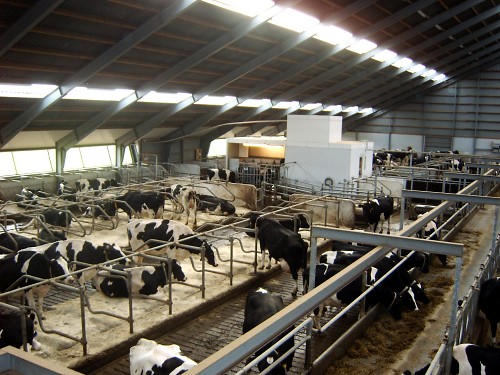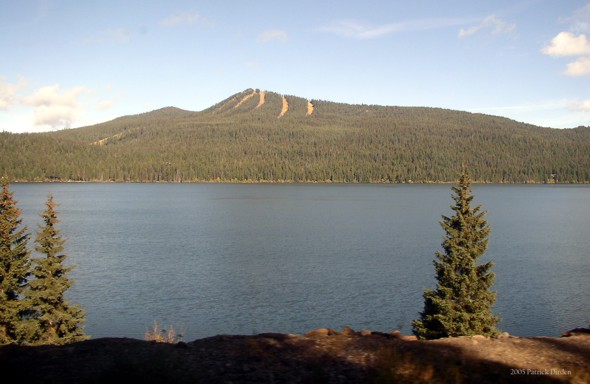Nations Seek to Increase Whale Hunting by Expanding Loopholes in International Ban
 July 8, 2010
July 8, 2010  Kyriaki (Sandy) Venetis
Kyriaki (Sandy) Venetis  Stock photo.
Stock photo.
Whaling as a way of life and industry can be traced back to prehistoric times through archeological evidence such as harpoons dating back to 6000 BC, petroglyphs (rock engravings) depicting whale hunts, and whale bones in ancient settlements.
Historically, whales were hunted for uses including: meat, bones for corsets, wax for candles, and oils for industrial lubricants and fuel for lamps and lanterns.
“By the 1920s, whale oil fed increasing demand for animal feed, machine lubricants, glycerin-based explosives, soap, detergents, and margarine; spermaceti from the sperm whale became a staple in cosmetics, and later, even as a lubricant for the (NASA) aerospace programme,” according to Reinventing the Whale, a report published in May 2010 by the Whale and Dolphin Conservation Society in the United Kingdom.
 Right whale. Graphic courtesy of BBC News.
Right whale. Graphic courtesy of BBC News.
Reaching up to present times, this excessive international hunting has brought many species to the brink of extinction, such as the right whales, gray whales, and blue whales, just to name a few.
What’s being threatened now is the worldwide commercial whaling moratorium (ban) that was put into effect in 1986 by the International Whaling Commission. Countries are allowed quotas - which can change yearly - on catching and killing whales for scientific research purposes. After the research data is obtained from the animals, their meat and other useful parts can be sold to market.



